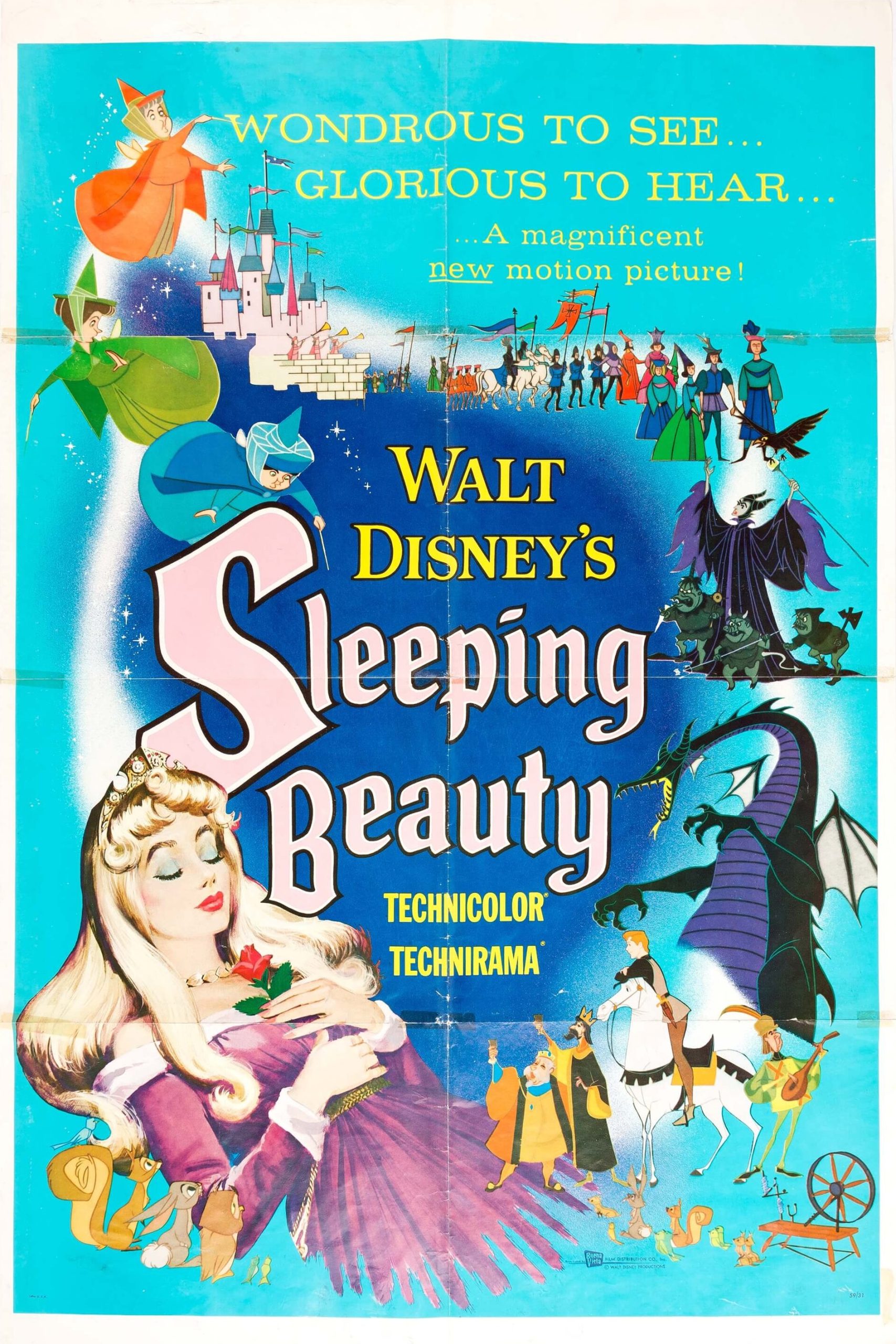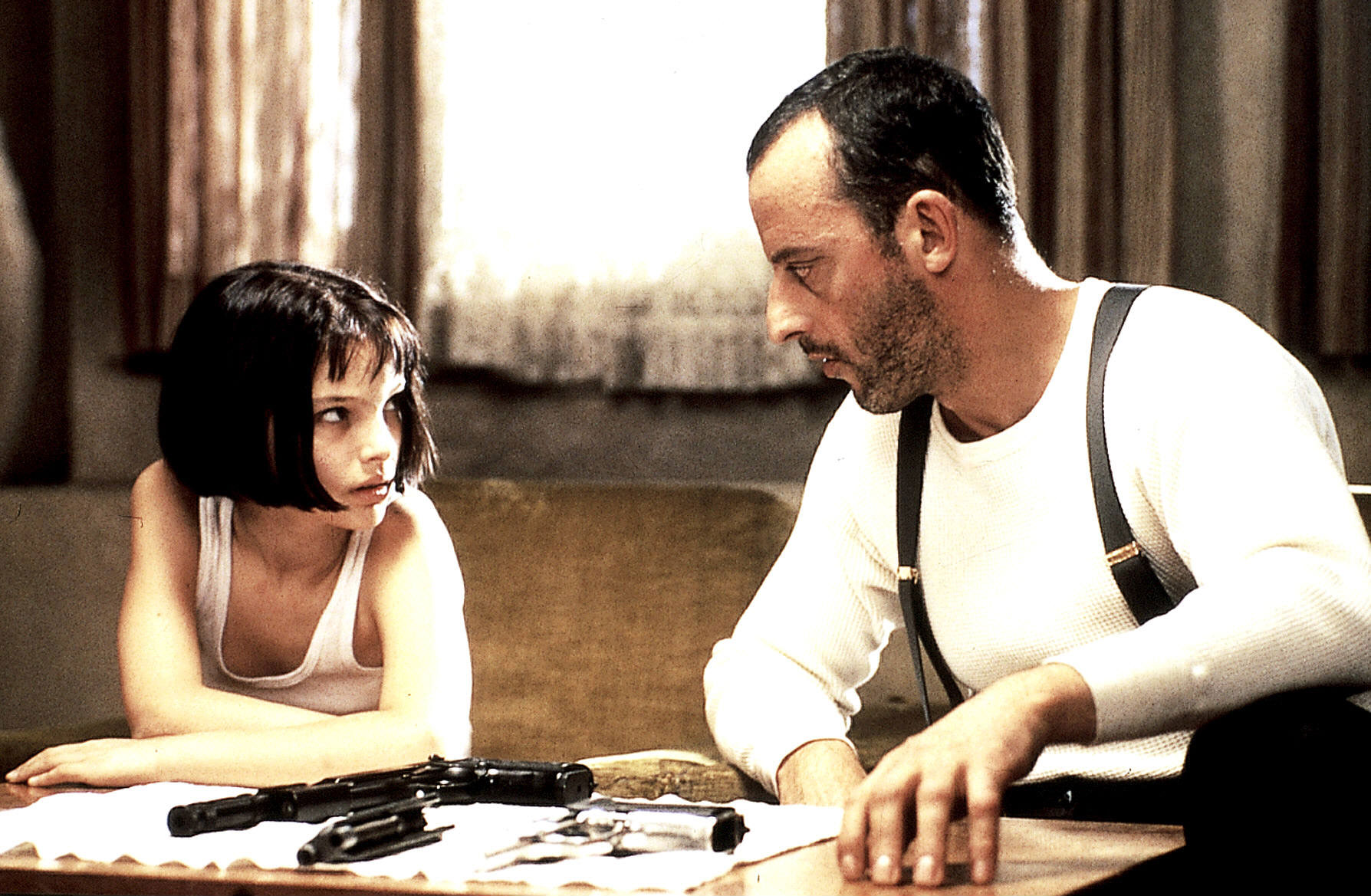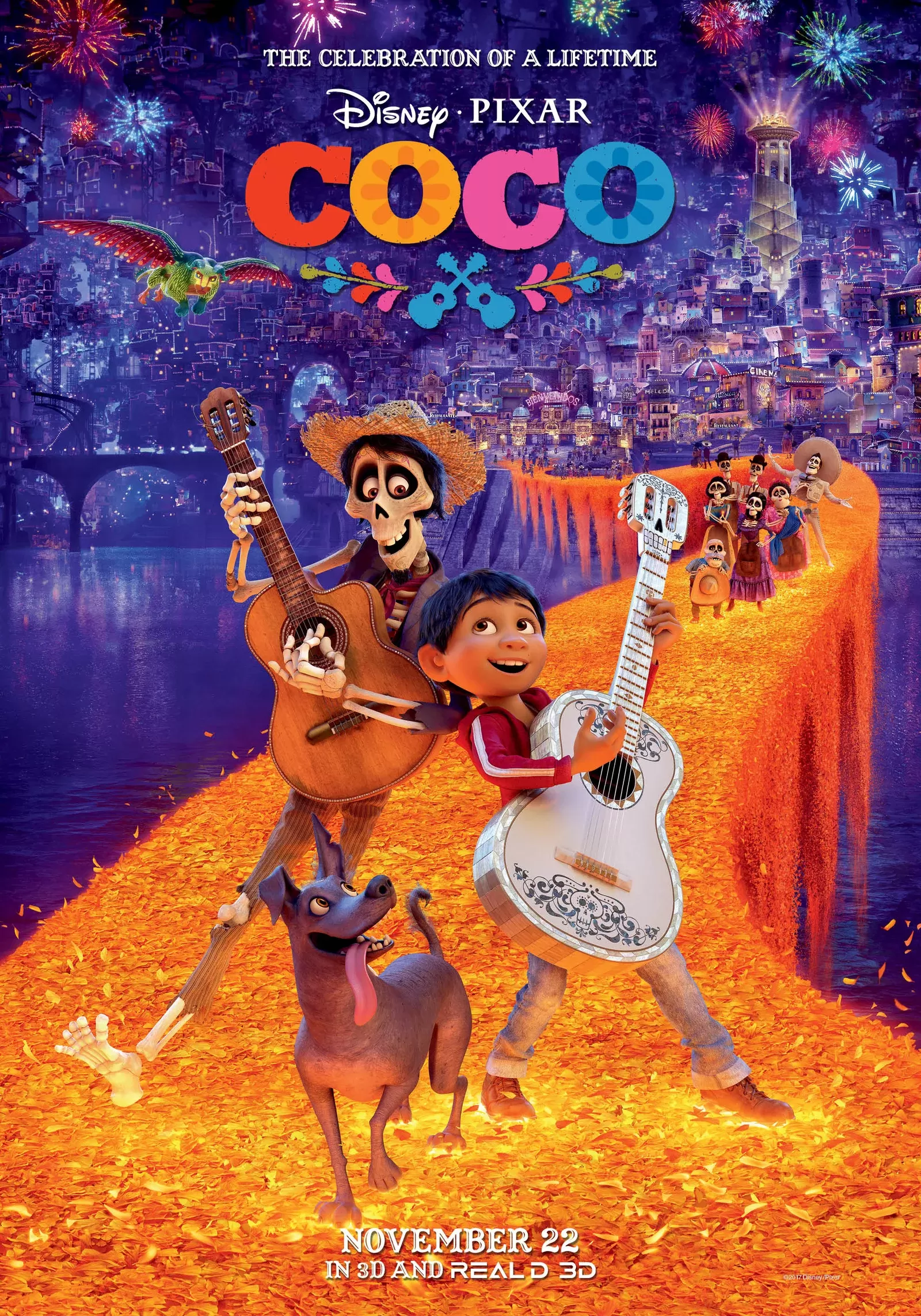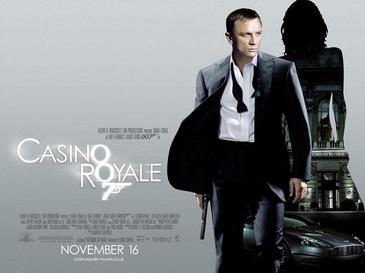Disney’s "Sleeping Beauty" stands as a timeless classic in the realm of animated films, enchanting audiences with its fairy-tale magic, vibrant artistry, and memorable characters. Released in 1959, this film is celebrated not only for its storytelling but also for its pioneering animation techniques and distinctive visual style. As a key entry in Disney’s extensive catalog, "Sleeping Beauty" continues to inspire generations and holds a significant place in the history of animated cinema. Its enduring appeal lies in its lush aesthetic, captivating music, and the universal themes of love, bravery, and good triumphing over evil.
The Origins and Inspiration Behind Sleeping Beauty
The origins of Disney’s "Sleeping Beauty" are deeply rooted in classic fairy-tale literature and folklore. The story itself is based on Charles Perrault’s 1697 fairy tale "La Belle au bois dormant" ("The Beauty in the Sleeping Wood") and later adaptations, including the Brothers Grimm version. Disney sought to craft a film that would pay homage to the traditional fairy-tale while adding a unique visual and narrative flair. The project was announced in the early 1950s, but its development faced numerous challenges, including funding and technical innovations needed to realize the film’s ambitious artistic vision.
The inspiration behind "Sleeping Beauty" also drew heavily from the art and design styles of the European Renaissance, particularly the intricate tapestries and illuminated manuscripts of the period. Disney’s creative team aimed to evoke a sense of timeless elegance and fairy-tale wonder, blending European artistic influences with their signature storytelling approach. The film’s story emphasizes themes of innocence, destiny, and the battle between good and evil, resonating with audiences across generations.
The project was initially envisioned as a lavish, highly detailed animated feature that would set new standards for animation quality and artistic expression. The story’s focus on Princess Aurora, her cursed slumber, and the heroic prince’s quest became a canvas for exploring romantic ideals and moral lessons. The film’s development was marked by meticulous planning, with Disney personally overseeing the adaptation process to ensure it captured the fairy-tale’s magic while integrating innovative animation techniques.
Inspiration also came from Disney’s desire to create a visually stunning film that could stand alongside their previous masterpieces like "Snow White" and "Cinderella." The filmmakers aimed to produce a work that would appeal to both children and adults, emphasizing artistry, storytelling, and a sense of wonder. As a result, "Sleeping Beauty" was conceived as a fairy-tale spectacle, emphasizing fantasy, elegance, and the universal appeal of its story.
Ultimately, "Sleeping Beauty" reflects a confluence of literary sources, European artistic influences, and Disney’s pioneering spirit in animation, resulting in a film that remains a landmark in cinematic history. Its origins are a testament to Disney’s dedication to craftsmanship and storytelling excellence, which continue to inspire filmmakers and artists worldwide.
Key Characters and Their Roles in the Storyline
The central characters of "Sleeping Beauty" are vividly brought to life through Disney’s storytelling and animation. Princess Aurora, the titular character, embodies innocence, grace, and kindness. She is introduced as a gentle, beautiful princess whose destiny is intertwined with a curse that threatens her life. Her character represents purity and the idealized fairy-tale heroine, whose awakening and love story serve as the heart of the film.
Maleficent, the film’s primary antagonist, is a powerful and menacing fairy who curses Aurora on her sixteenth birthday after being slighted at her christening. Maleficent’s character is both regal and terrifying, embodying the forces of evil and darkness. Her iconic horned headdress and her ability to transform into a dragon make her one of Disney’s most memorable villains. Her role underscores themes of vengeance and the destructive power of malice.
Prince Phillip is the brave and noble hero who ultimately rescues Aurora from her cursed slumber. His character is depicted as courageous, kind-hearted, and determined, embodying the classic prince archetype. Phillip’s journey includes battling Maleficent in her dragon form and overcoming obstacles to awaken Aurora with true love’s kiss. His role emphasizes bravery, love, and the triumph of good over evil.
The three good fairies—Flora, Fauna, and Merryweather—serve as guardians and protectors of Aurora. They are comedic and nurturing characters who attempt to shield her from Maleficent’s curse, but their well-meaning efforts often lead to humorous mishaps. Their personalities add warmth and charm to the story, and they symbolize the importance of friendship and support.
Supporting characters such as King Stefan and Queen Leah, Aurora’s parents, are depicted as caring and noble figures who desire the best for their daughter. The film’s characters collectively create a rich tapestry of personalities that drive the narrative forward, highlighting themes of love, courage, and the battle between good and evil. Their interactions and development help make "Sleeping Beauty" a compelling and enduring fairy tale.
The Artistic Style and Visual Design of Sleeping Beauty
"Sleeping Beauty" is renowned for its distinctive artistic style, which draws heavily from European art, medieval tapestries, and illuminated manuscripts. The film’s visual design is characterized by bold, stylized lines, intricate details, and vibrant color palettes that evoke a fairy-tale aesthetic. This approach sets it apart from other Disney films, giving it a unique, painterly quality that emphasizes elegance and fantasy.
The backgrounds and character designs reflect a stylized, almost tapestry-like quality, with flat, decorative elements and a focus on symmetry and ornate details. The use of rich jewel tones—deep reds, blues, greens, and golds—creates a regal and timeless atmosphere. The visual approach was influenced by the artwork of the European Renaissance and Gothic art, which imbued the film with a sense of historical grandeur and fairy-tale magic.
The animation style of "Sleeping Beauty" was groundbreaking at the time, employing techniques that allowed for more elaborate and expressive character movements. The animators used a combination of traditional hand-drawn techniques and innovative shading methods to give depth and texture to the characters and backgrounds. The film’s overall aesthetic emphasizes artistry and craftsmanship, making it a visual feast for viewers.
The film’s iconic sequences, such as Aurora’s dance in the forest and Maleficent’s transformation into a dragon, showcase the detailed craftsmanship and artistic innovation. The use of stylized silhouettes, dramatic lighting, and elaborate costumes all contribute to the film’s fairy-tale ambiance. This artistic choice has influenced countless subsequent animated works and remains a hallmark of Disney’s visual legacy.
Overall, the visual design of "Sleeping Beauty" reflects a deliberate artistic vision that elevates the fairy-tale genre into a work of art. Its blend of European artistic influences and innovative animation techniques continues to be celebrated for its beauty and craftsmanship, inspiring artists and animators to this day.
Notable Voice Cast and Their Contributions to the Film
The voice cast of "Sleeping Beauty" features talented performers whose performances brought the film’s characters to life with charm and personality. Mary Costa provided the enchanting voice of Princess Aurora, capturing her innocence, grace, and gentle spirit. Costa’s singing voice, especially in the film’s memorable ballads, contributed significantly to Aurora’s regal and tender qualities, making her one of Disney’s most iconic princesses.
Eddie Albert voiced King Stefan, Aurora’s caring father, delivering a warm and authoritative tone that underscored his role as a protective monarch. The Queen, voiced by Barbara Jo Allen, provided a nurturing presence, complementing the royal family’s portrayal. Their voices helped establish the regal and familial atmosphere central to the story.
Maleficent was voiced by Eleanor Audley, whose deep, commanding voice perfectly conveyed the villain’s sinister and regal nature. Audley’s performance imbued Maleficent with an aura of menace and sophistication, making her one of Disney’s most memorable villains. Her vocal performance added layers of complexity to the character, blending elegance with malevolence.
The three good fairies—Flora, Fauna, and Merryweather—were voiced by Verna Felton, Barbara Jo Allen, and Barbara Luddy, respectively. Each actress brought distinct personalities to their characters, contributing humor, warmth, and charm. Their voice performances added depth to the fairy characters, making them both comedic and endearing.
Prince Phillip was voiced by Bill Shirley, whose heroic and earnest delivery helped define the character’s bravery and nobility. Shirley’s singing voice also contributed to the film’s musical highlights, especially in the romantic ballads. The cast’s collective performances helped establish "Sleeping Beauty" as a richly voiced and expressive film, leaving a lasting impression on audiences worldwide.
The Musical Score and Songs of Sleeping Beauty
Music plays a vital role in "Sleeping Beauty," enhancing the fairy-tale atmosphere and emotional depth of the story. The film’s score was composed by George Bruns, with songs crafted by the legendary team of lyricist Jack Lawrence and later, additional contributions from George Bruns and others. The musical elements are integral to conveying characters’ emotions and advancing the narrative.
The most iconic song from the film is "Once Upon a Dream," performed by Mary Costa as Aurora. Its dreamy, romantic melody has become synonymous with the film’s theme of love and destiny. The song’s enchanting lyrics and gentle melody evoke a sense of wonder and longing, capturing the essence of fairy-tale romance.
Other notable musical moments include the lively and humorous "The Fairies’ Waltz," which underscores the comedic scenes involving the three good fairies. The score also features grand orchestral pieces that accompany key moments, such as Aurora’s awakening and Maleficent’s sinister scenes. These musical cues add dramatic tension and emotional resonance.
The soundtrack’s lush orchestration and memorable melodies contributed significantly to the film’s timeless appeal. The music not only supports the storytelling but also elevates the visual spectacle, creating an immersive fairy-tale experience. Over the years, songs like "Once Upon a Dream" have become standards, covered by numerous artists and featured in various adaptations.
In sum, the musical score of "Sleeping Beauty" is a masterful blend of orchestration



